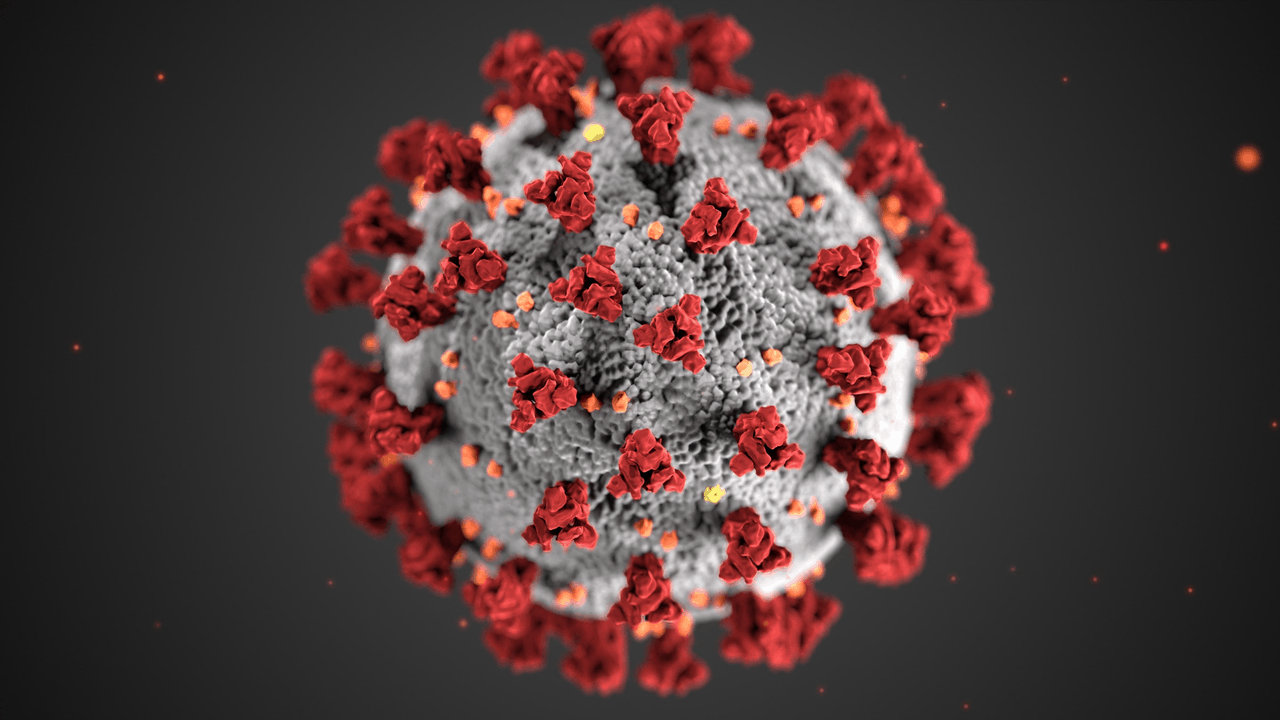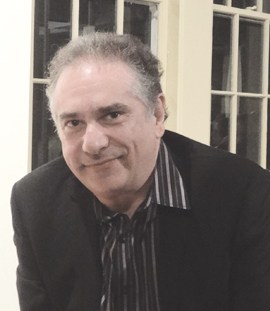Williamsburg resident , 24, has been feeling socially anxious over the coronavirus pandemic since the beginning of March – before New York City saw a steady increase of COVID-19 cases and deaths. While she is a freelance writer here in the Big Apple, she has family and friends who live on the West Coast and in Australia. immediate family lives in California, where there were 2,535 positive cases and 40 deaths as of March 24. California Governor Gavin Newsom had declared a State of Emergency on March 4 when there had been a report of 53 confirmed cases and one death.
“There’s definitely this urge to travel or to move when you can and trying to plan out where you want to be ‘quarantined.’ I’ve reached out many times to my parents, asking, ‘Do I need to go home? Do I need to book this flight before there’s domestic travel restrictions?’” Quellman said on March 17, when New York State had 950 confirmed cases and seven deaths. “There’s a lot of planning going on when trying to figure out ‘Where am I going to root myself during this?’ because we all know it’s going to get worse before it gets better.”
Though she could’ve used travel points to fly back home, didn’t think it was worthwhile, given that she was searching to find and stack gigs after returning from a project based in Honduras two months ago. “Even though I work in production and editorial, the thought of being out of state for any kind of interview had me on edge,” she explained. “I’m now realizing it could’ve provided some extra relief – even as simple as spending time with my parents and soaking up some much-needed California vitamin D.”
also said her older brother, who lives in San Diego, came down with flu-like symptoms and was diagnosed with the flu on March 13. He was also tested for the coronavirus, which has a longer diagnostics process, after a co-worker’s wife tested positive. explained that her brother works in a production truck for sports teams.
“I only imagine the production trucks are comparable to mini airplanes with circulating air – that thought was the only time I felt as if his flu-like symptoms could be more extreme,” she said.
Her brother received negative results for COVID-19 on March 19.
In the meantime, been working on a video series for Quoted Magazine about COVID-19 and the public reaction, since Governor Andrew Cuomo announced the signing of the “New York State on PAUSE” Executive Order on March 20 (which requires that 100 percent of the workforce must stay home, excluding essential services).
“My game plan is to remain calm, let myself feel, and continually emote. I cried last night and it was therapeutic as hell. I feel a lot more refreshed now. Besides that, I’m not jumping to conclusions, only listening to 30 minutes of news a day, sourcing and applying to one full-time position a day, and hoping that my domestic May travel is not canceled,” Quellman related on March 25. “I’m appreciative that Governor Cuomo has stepped up in times of need, but New York’s climbing statistics concerning the pandemic are initially alarming.”
As of March 25, there were 17,856 cases and just under 200 deaths in New York City alone, according to the New York City Department of Health.
Top photo of Coronavirus illustration courtesy of the CDC
Author
-

George Fiala has worked in radio, newspapers and direct marketing his whole life, except for when he was a vendor at Shea Stadium, pizza and cheesesteak maker in Lancaster, PA, and an occasional comic book dealer. He studied English and drinking in college, international relations at the New School, and in his spare time plays drums and fixes pinball machines.
View all posts
George Fiala has worked in radio, newspapers and direct marketing his whole life, except for when he was a vendor at Shea Stadium, pizza and cheesesteak maker in Lancaster, PA, and an occasional comic book dealer. He studied English and drinking in college, international relations at the New School, and in his spare time plays drums and fixes pinball machines.










